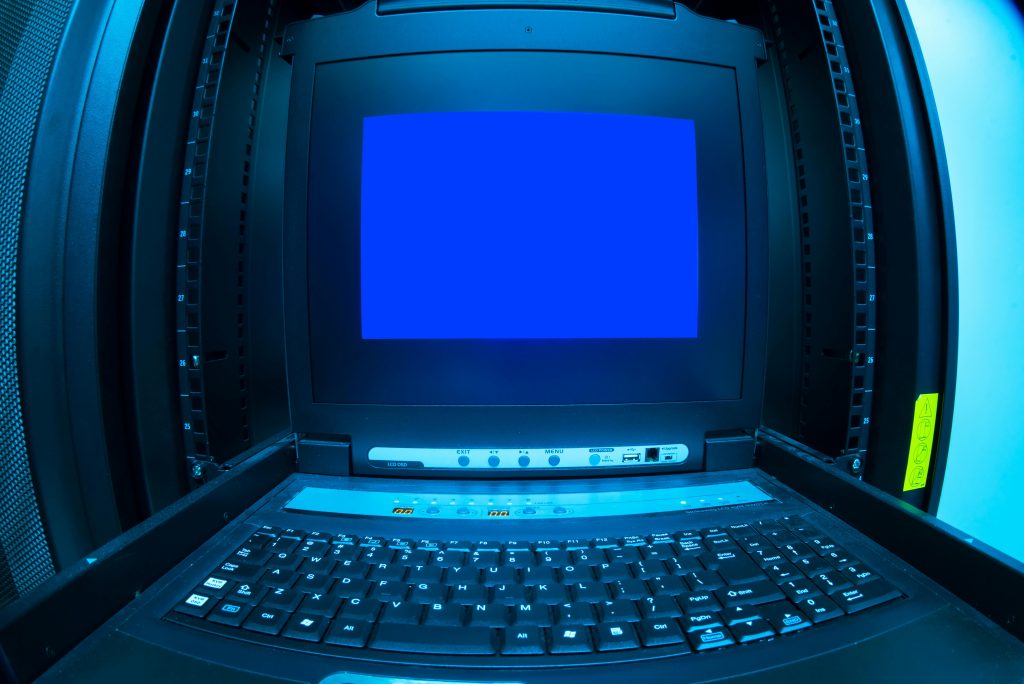Navigating Accusations of Plagiarism: A Personal Experience with AutoCAD Metadata
When academic integrity is called into question, the emotional toll can be significant. Recently, I found myself facing a troubling situation when a professor claimed that my AutoCAD project showed signs of having been created in 2013, despite my assurances that I had completed the work just the day before during an exam.
Initially, I sought assistance from a subreddit dedicated to AutoCAD, but I didn’t find the clarity I was hoping for. I want to share my experience in the hopes that it may help others or prevent them from experiencing similar misunderstandings.
During the exam, we utilized the latest version of AutoCAD Electrical, and I confidently submitted my work completed on December 11, 2023. However, when reviewing the file’s metadata, my professor insisted it displayed a creation date of 2013. While the metadata on my end confirmed my version clearly indicated the correct date and time, it posed a critical discrepancy when my professor accessed it on his device. To add to the confusion, the timestamps indicated my file was created at 9 PM and last modified at 6 PM the same day. This inconsistency raised red flags and led to concerns about potential plagiarism.
A few friends speculated that a “bit flip”—a term referring to the corruption of data at the binary level—could be responsible for the anomaly, making a seemingly innocent file appear older than it was. I conducted some research and discovered that an AutoCAD file from 2013 would indeed be incompatible with the current version, which provided some peace of mind regarding the legitimacy of my work.
Compounding the issue was the environment in which I completed my exam. I used a school computer, which automatically clears all data from the C: drive when powered down, making it difficult to retrieve previous file versions. These circumstances only heightened my anxiety as I relied on OneDrive for saving my files, but I still felt vulnerable without definitive proof of the creation timeline.
In a positive turn of events, I’m relieved to report that the situation has been resolved amicably. Upon further discussion, my professor admitted that the 2013 date was a glitch that had also affected other students. When he reopened my submission on a different computer, the metadata reflected the correct creation date, alleviating my concerns.
Although I was initially worried about potential consequences, I ultimately received a fair assessment of my work. This experience underscored the
Share this content:



